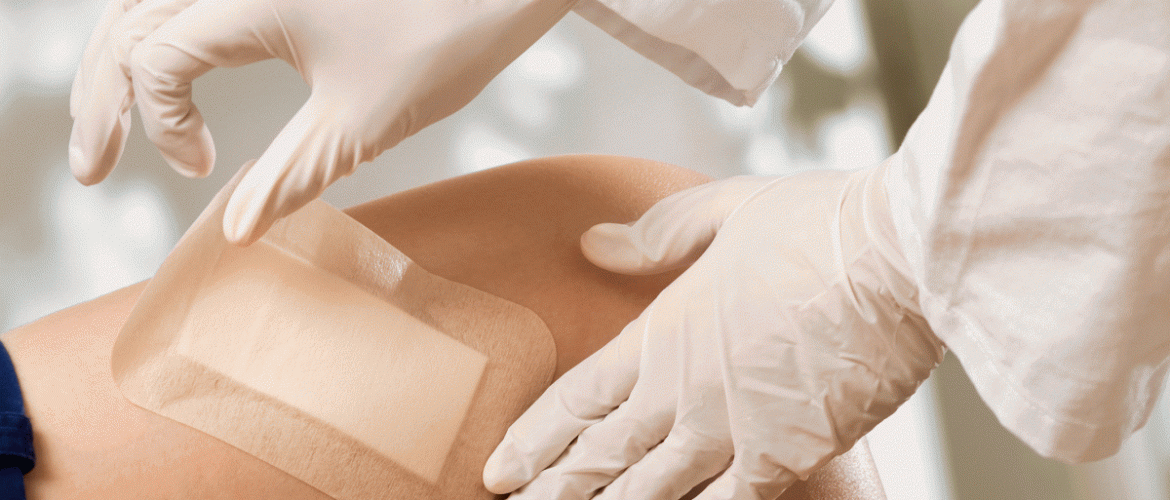Seeing your child fall and get hurt is a parent’s nightmare. No one likes to see their child suffering through a painful and bleeding scrape. Thankfully, not every minor accident requires a trip to the emergency room. The majority of cuts and scrapes are harmless enough that they can easily be tended to in the comfort of your own home with all of the same care and dedication of a trained medical professional.
Wound Care 101
Prep Your Station
Before getting down to the business of dressing a wound, it’s important to set up your home nursing station with all the materials you will need. This includes a clean cloth for wiping the wound, soap and water, antiseptic ointment, gauze and tape, or band-aids. These should all be within easy reach, and should also be easy to handle while wearing sterile gloves.
Assess the Damage
Take a look at the wound and check how deep the abrasion goes. For deep cuts which expose the tissue beneath or require stitches it may be wise to seek the assistance of a professional rather than try to dress the wound on your own. For minor cuts and scrapes, however, it’s perfectly reasonable to treat the damage at home in a clean environment.
Look For Infection
While assessing the damage of the wound it’s also important to look for any signs of infection which could lead to even more serious illness if left untreated. Most common signs of infection include excessive swelling, tenderness and pain, coldness or chills at the site of the wound, fever, and oozing liquid or puss from the wound itself. Signs of infection are an indication that more serious medical attention is required as part of your wound-care routine.
Scrub Up
Always ensure a clean, sterile environment before attempting to dress a wound. Even if there is no sign of infection now, it’s important to avoid introducing any additional contaminants to the injured area. Wash your hands for at least 20 seconds with antiseptic soap and warm water.
Wear Protection
Wear a pair of sterile gloves and make sure to handle as few additional materials as possible between the time of putting on the gloves and dressing the wound itself. The goal is to maintain a clean and sterile environment from start to finish.
Get Dressed
Begin by stopping the bleeding with firm pressure at the site of the wound for at least 10 seconds or until you are sure the bleeding has slowed. Next, cleanse the area with soap and warm water, making sure to clean around the wound and not just the wound itself. Pat the area dry and swab on a thin layer of antiseptic ointment. Finish with a lose bandage, ensuring air can circulate to the wound easily.
Use What Doctors Trust
Next time you’re sitting in your doctor’s examination room, waiting for the medical assistant or doctor to come consult with you, take a look at the various types of bandages and tapes they use. Chances are you’ll find that the wound dressing manufacturers that doctors trust are names you’re already familiar with and use within your own home.











Comments are closed.